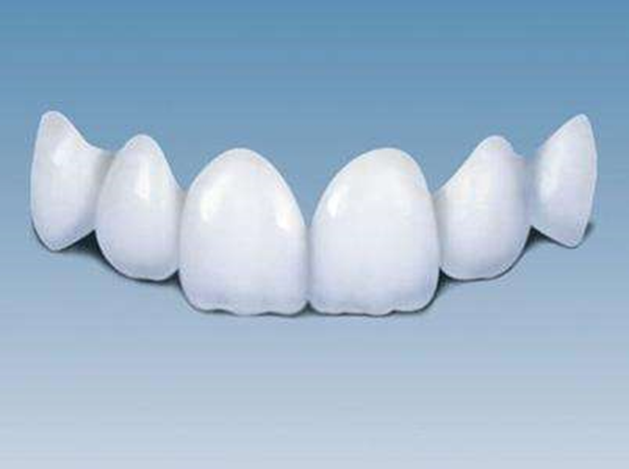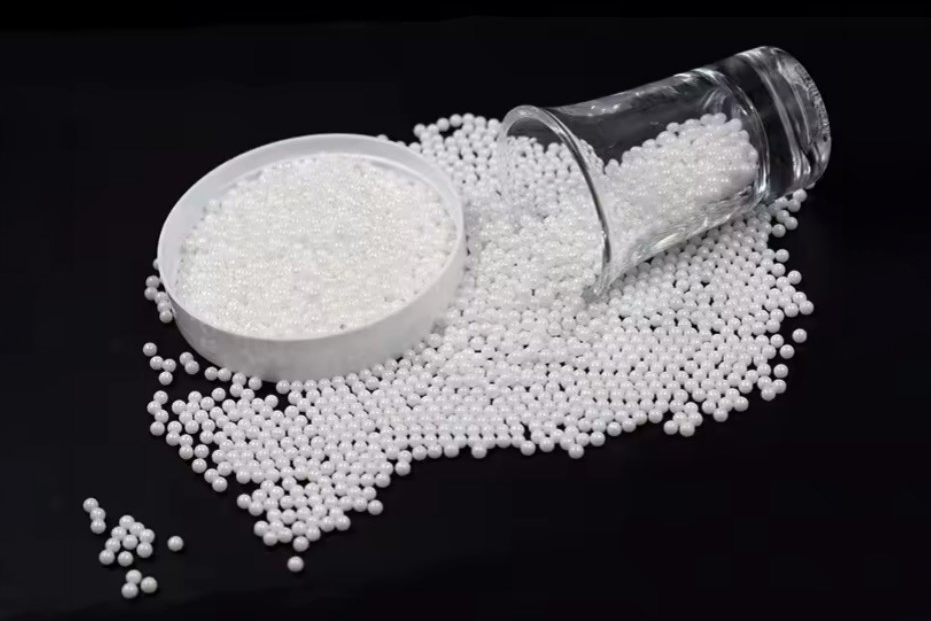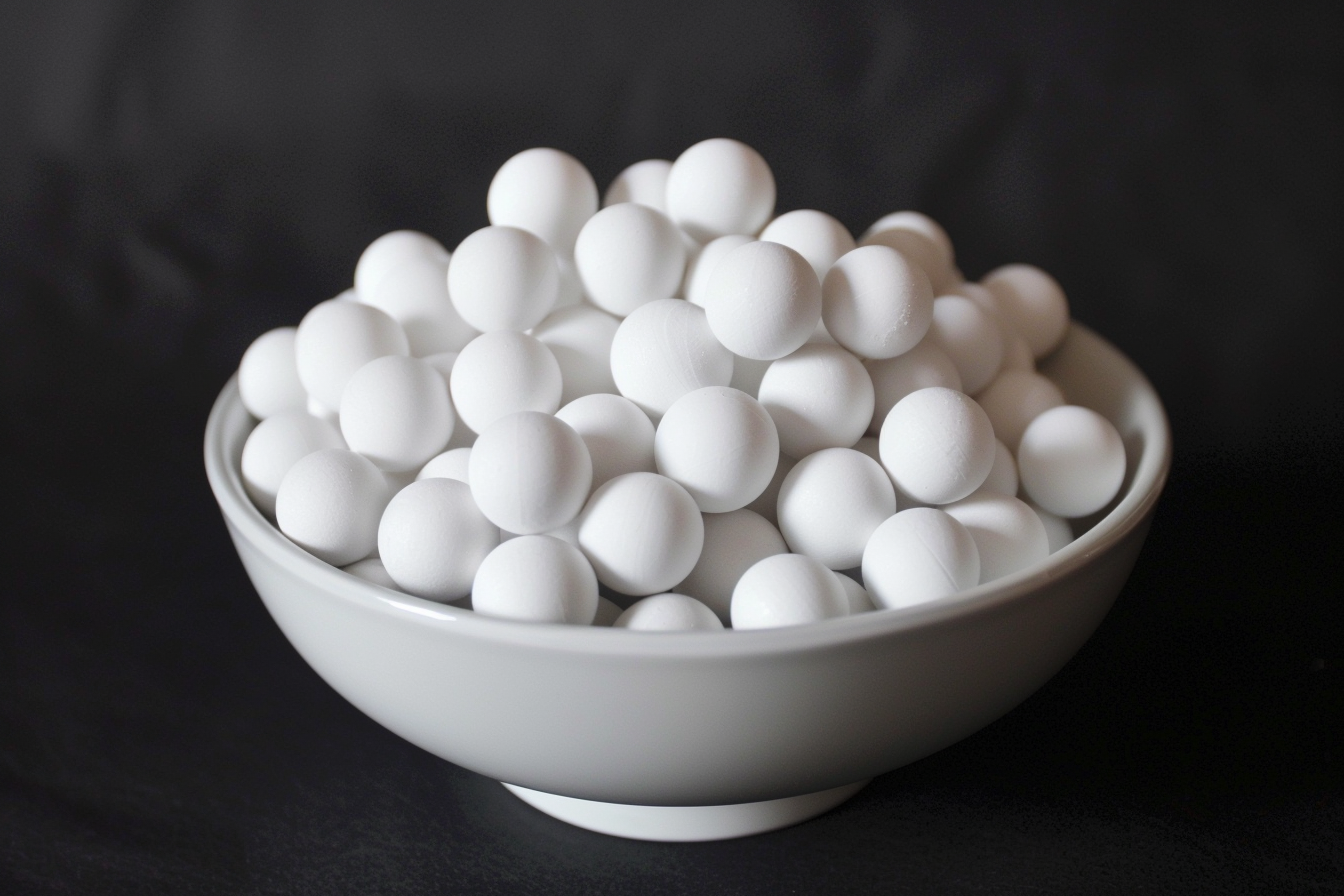Acid-Resistant Ceramic-Zirconia

Zirconia is widely used in dentistry. It has been reported that the clinical success of resin bonding procedures for cementing ceramic restorations and repairing fractured ceramic restorations depends on the quality and durability of the bond. The former depends upon the bonding mechanisms that are controlled in part by the surface treatment that promotes micromechanical and/or chemical bond to the substrate. The nonreactive surface of zirconia (acid-resistant ceramic), however, presents a consistent issue of poor adhesion, i.e., low bond strength to other substrates.
As zirconia is an acid-resistance ceramic, other methods to produce micromechanical retention have been used, including airborne particle abrasion (APA) systems, often called sandblasting, and coarse diamond rotary instruments.
Achieving an energy balance or the lowest energy state is the driving force for the chemical bond between the adhesive and the adherend. However, the surface energy and the adhesive qualities of a given solid can be reduced by any surface impurity or contaminant, such as human secretions and air voids. The functional chemical groups available or the type of crystal plane of a space lattice present at the surface also affect the surface energy.

Dental ceramics are, inherently, brittle and can fracture. In general, the most common causes of all-ceramic structural failures are (1) fracture initiated in the connector area of fixed partial dentures (FPDs), either at the core-veneer interface or at the gingival embrasure; and (2) chipping of the porcelain veneer.
The rationale on adhesion to zirconia should develop the fundamental basis to understand the clinical performance of bonded zirconia-based restorations, the possible failure causes, and the principles to improve the adhesion mechanisms of resin-based composite bonded to zirconia.
In conclusion, zirconia is a popular material in dentistry due to its strength and aesthetic properties. However, its nonreactive surface poses a challenge for achieving a durable bond with other substrates. Various surface treatments have been developed to promote micromechanical and/or chemical bonding, including airborne particle abrasion and coarse diamond rotary instruments. Achieving an energy balance and minimizing surface impurities are essential for successful adhesion. Understanding the principles of adhesion to zirconia can help prevent structural failures such as fracture and chipping, and improve the clinical performance of zirconia-based restorations.
Advanced Ceramic Materials (ACM) supplies high-quality zirconia ceramics and related products to meet our customers’ R&D and production needs. Please visit https://www.preciseceramic.com/ for more information.
{{item.content}}
LEVE A REPLY
{{item.children[0].content}}
{{item.content}}
LEAVE A REPLY
SUBSCRIBE OUR NEWSLETTER
- Why Alumina Grinding Balls Are Replacing Steel Across Multiple Industries
- Case Study: Replacing Alumina Tubes with Mg-Stabilized Zirconia to Meet 1850°C Demands
- Case Study: Why 95% Alumina Beats 99% in Thermal Cycling
- Guide to Alumina Grinding Balls: Properties, Applications, and Selection
- Understanding DFARS Compliance: What It Means for Material Sourcing and Why It Matters











